Premendra Mitra’s Ghanada In the Age of Internet
His geography and science are real
One hundred years ago, Premendra Mitra burst into the scene of Bengali literature - as an essayist, poet, playwright, and novelist. He directed several hit movies later.
His finest contribution was in science fiction.
In an interview, in 1974, he noted that writers with inadequate knowledge of science let loose the reins of their fancies - so we get some highly improbable and absurd exploits. “When I was 22, I wrote a short novel titled Pimpre Puran (Epic of the Ants). That was the first science fiction I wrote, and I think it was also the first original science fiction in Bengali. This story portends the emergence of a sophisticated ant civilization in future millennia, and mankind's grim struggle for survival against it.”
Among his best science fiction was the exploits of Ghanada - sans doute.
“Ghanada is a teller of tall tales, but the tales always have a scientific basis. I try to keep them as factually correct and as authentic as possible.”
In this muse, I will focus on one story of Ghanada - called The Needle (ছুঁচ).
https://www.bigskylibrary.net/ghana-da-stories.html
Executive Question: Can we fact check Ghanada in the age of the internet? Do the facts hold up?
The story, the Needle, is a masterclass in geography, environmental biology, history and science - all in one.
[In a homage to Premendra Mitra and Ghonada, I had a short paragraph of how Ghonada’s tall tale has come to life in 2024.
“Science fiction that became real in Lebanon
But the events in Lebanon reminded me of a Bengali story by Premendra Mitra (entitled Ghodi - the Watch). His main character (Ghonada) explains a tsunami of September 17, 1937 (he was off by two weeks - the real tidal wave came on the 2nd of the month that practically destroyed Hong Kong). It was a diabolical plot by Japan who managed to miniaturize cheap copies of Swiss watches that packed tiny but deadly explosives that would detonate at a predetermined time to destroy factories - the means of production. Ghanada accidentally discovers the plot, manages to gather all the watches, drops them in an ocean that caused the tidal wave.
https://tapen.substack.com/p/weaponization-of-everything-is-the”]
At the start of this story, Ghanada is talking to the villain while flying in an airplane from Yemen over Eritrea with a destination to Addis Ababa - the capital of Ethiopia. Later he travels to Sudan. Taking a complicated route, he ends up in the dense jungle of Gabon - clear across to West Africa.
Geography: Addis Ababa
His description of Addis Ababa: “What I like the best about Addis Ababa is its smell. I do not know of any other small or big cities around the world that have that marvelous smell. The smell comes from the burning of eucalyptus wood. The man who united all the Habsi tribes under the same empire, Negus Nagast (King of Kings) Menelik II planted eucalyptus trees everywhere. They grew so much that people used them as fuel. That is why in the air of the city, a sweet smell of fairies floats in the air.”
Executive verification: All of this is true about Addis Ababa. I would not have known about the smell until I visited the city half a century after Premendra Mitra wrote about it. I happened to be in Addis Ababa in the winter of 2003. I did not find burning eucalyptus smell pleasant - perhaps tainted by my own bushfire experience in Australia.
Menelik II imported those trees from Australia to the highlands of Addis Ababa (higher than Darjeeling and Mexico City). He protected them by declaring anybody cutting them would be put to death. Since it left a telltale smell upon cutting, it was easy to detect the culprits. As an invasive species in Addis Ababa, it grew like crazy, smothering out the local flora.
Executive conclusion: Mitra’s knowledge of the history of Ethiopia is on the dot.
Geography: Khartoum
He makes references to three specific landmarks in Khartoum: (1) Khedive Avenue, (2) Victoria Avenue (3) Abbas Square and (4) the bronze statue of General Gordon riding on a camel.
Executive results from the search of Google map of Khartoum: Nothing about Victoria or Khedive or Gordon or Abbas Square!
Executive Question: Was Mitra wrong about those landmarks in Khartoum?
Executive historic evidence:
Exhibit 1: Victoria Avenue did exist in Khartoum
Exhibit 2: Khedive Avenue existed in Khartoum.
Exhibit 3: Abbas Square
These are old postcards from Khartoum. The internet tells us that those streets (and Abbas Square) were there - just have been renamed in the postcolonial era.
It is understandable why Victoria Avenue would be renamed. It is now called Nile Street (with the Palace as the main attraction). All countries rename their roads after independence. Why did Khedive Avenue lose favor? Khedive Muhammad Ali was considered the founder of modern Egypt - but there was no love lost for the Khedivate in Sudan. Hence his name was replaced. Abbas Square has disappeared under the population of seven million living in Khartoum today.
What about the bronze statue of General Gordon on a camel?
It too did exist and it does exist - but now at a different location - in England. The original statue was built, a copy was made, and it was put on a ship to be erected in Khartoum.
The ship transporting the statue, the SS Cedardene, was in collision with a Russian ship in the Thames and sank. It was refloated after three tides, the statue, in its skeleton crate, was hosed down and put on the SS Lesbian (yup, that was the name of that ship) that was sailing to Alexandria a few days later. Prior to its arrival in Khartoum the statue was submerged in the Nile. Finally it managed to arrive at Khartoum. The picture on the left is when it was in Khartoum. The lady standing at the foot of the statue is General Gordon’s wife (this is from 1928).
After independence, Sudan decided to return the statue to the UK. It was unveiled in 1959 in Gordon School. That is where it stands today. This is the second picture on the right from 2012.
Executive conclusion: What Mitra said was accurate. But today, there is no physical evidence of it in Khartoum. But if you look hard at this map of 1952, they are all there.
https://www.themaphouse.com/artworks/242249-sudan-survey-department-khartoum-1952/
Biology in the story
In the story, Ghanada convinces a tribe about a “miracle” he would perform: He would turn one river to a blue fire and another to a red fire to win their trust. He later explains how he cultures two microorganisms to do that: Gymnodinium and Noctiluca. These algae can do such miracles. Here is what they do - in real life.
Executive conclusion: Mitra’s biology is accurate, not fanciful and makes beliefs that other authors resort to. Needless to say, whether a small group of people can engineer such a feat in a remote jungle in Gabon is questionable! But, then, there is some latitude for fiction.
[Premendra Mitra’s novels have won the Sarat Memorial Prize, and his book of poems Sagar Theke Phera (Return from the Sea) received both the Sahitya Akademi Award and the Rabindra Prize. He led the Indian delegation to a world poetry festival in Belgium, and toured several cities in the US at the invitation of the US Government.]

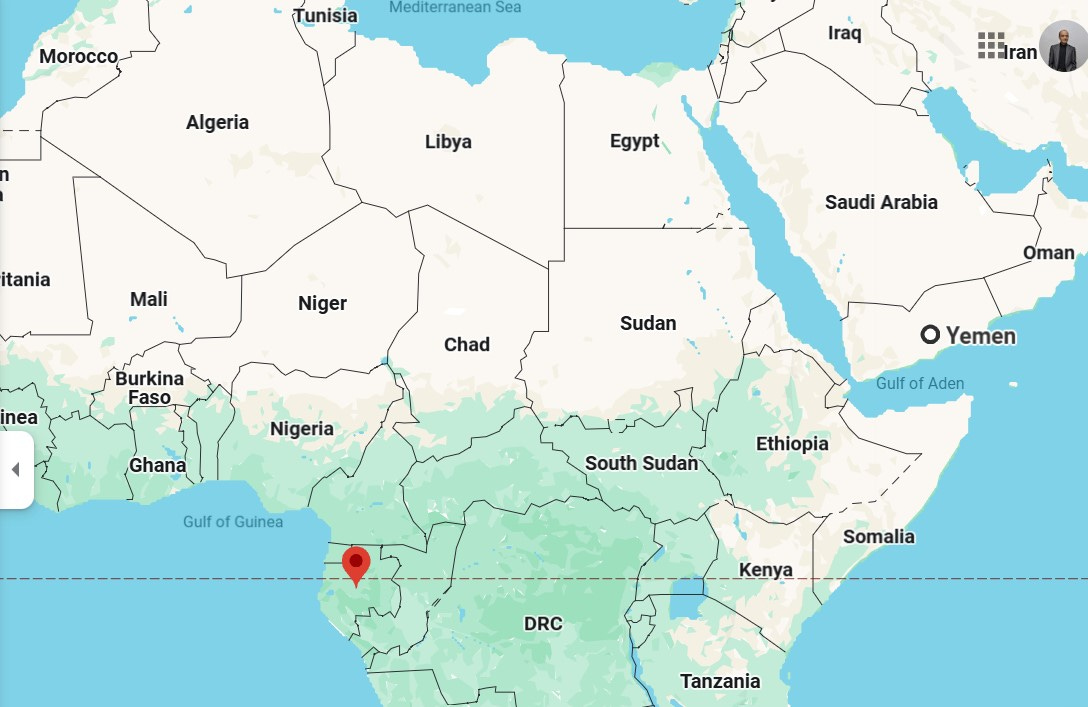


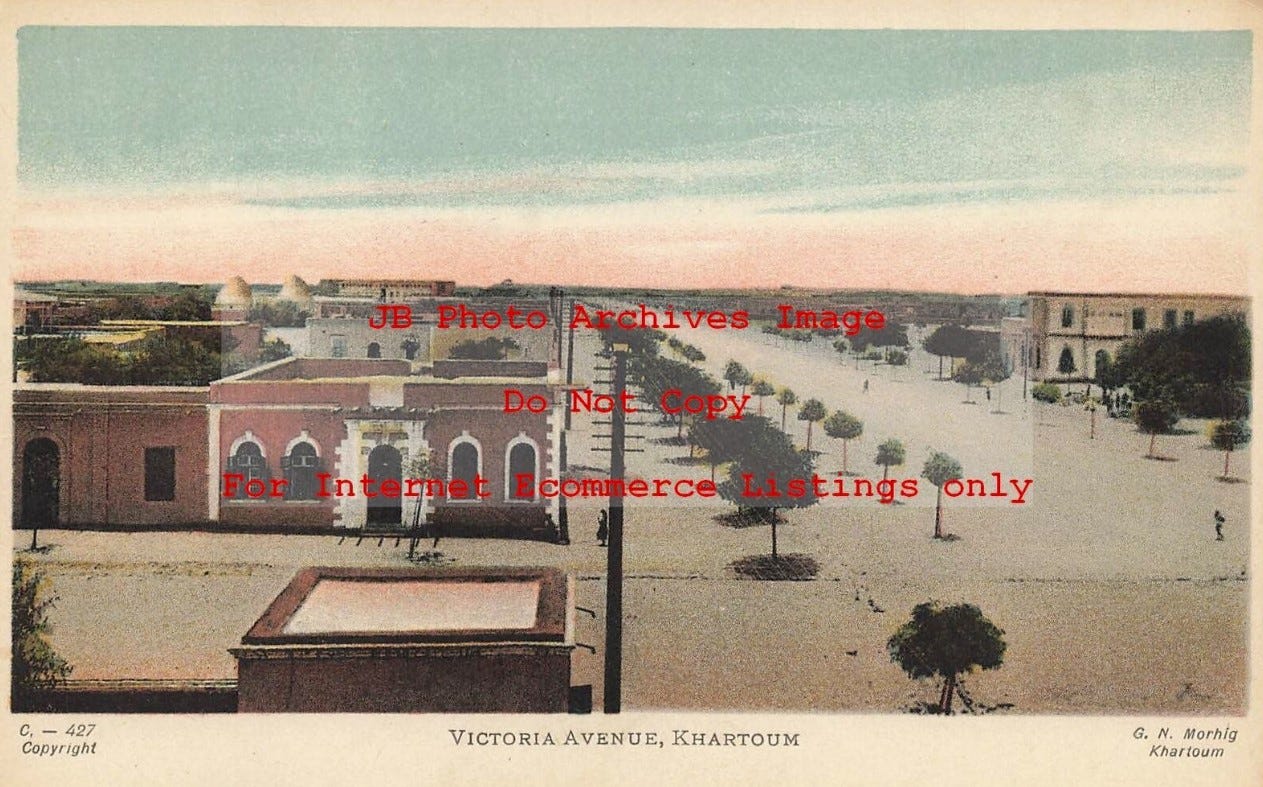

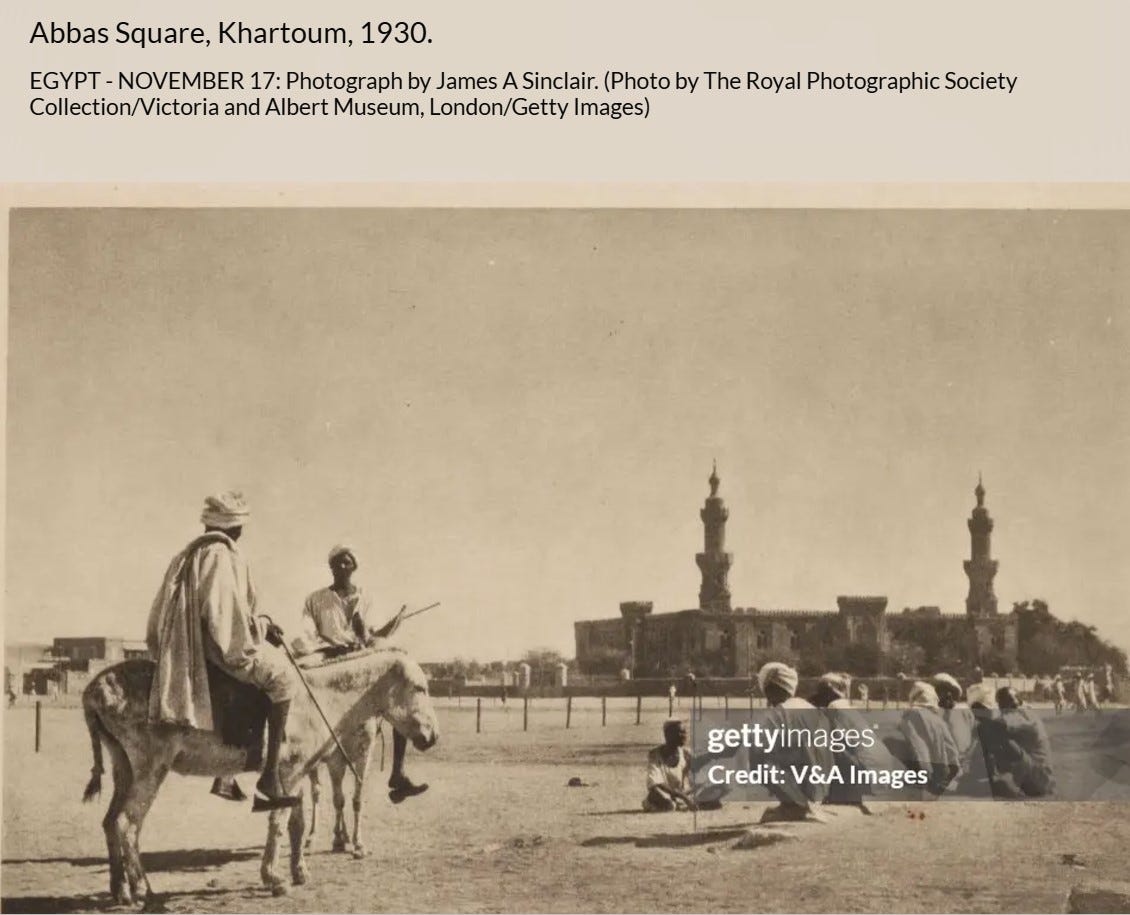

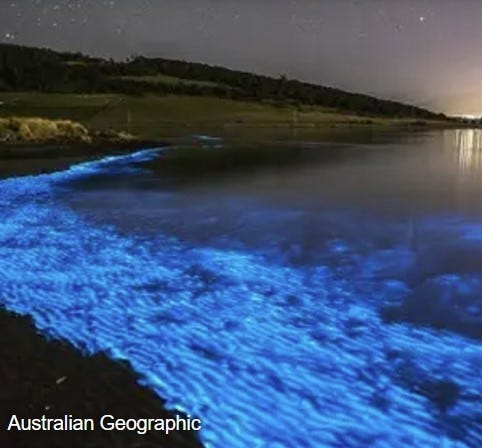
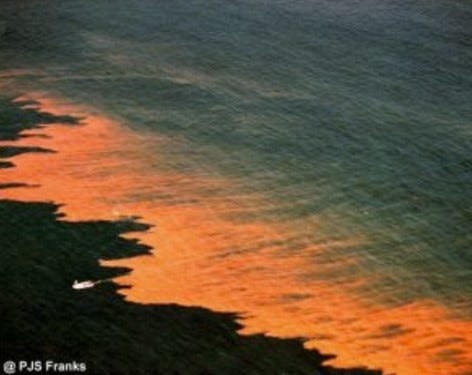
Most people do 'research' because they want to publish papers and become professors. Tapen researches because he just enjoys it. And he does it with exceptional rigour and complete honesty ... and on truly interesting themes. Curiosity rules his life.
An excellent reserach indeed